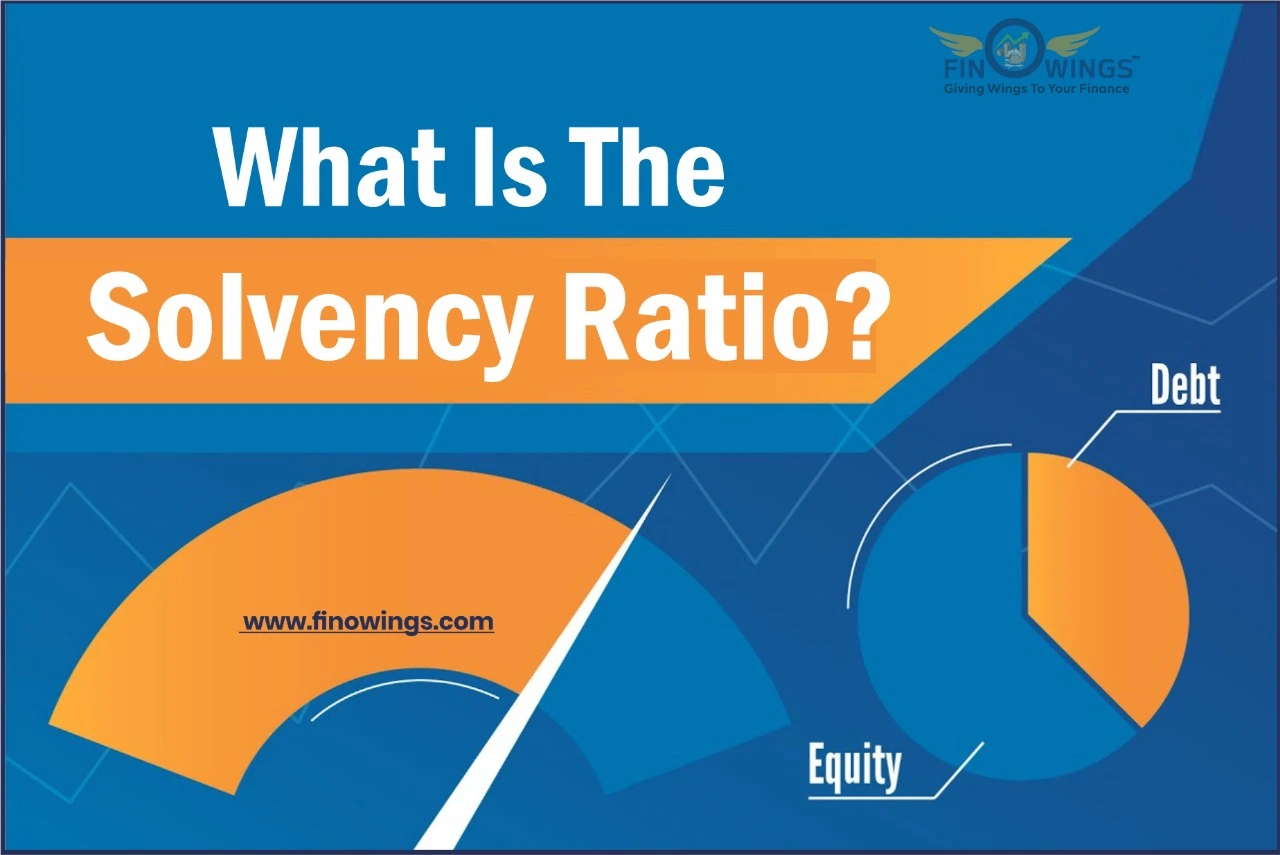Home >> Blog >> Impact of RBI Monetary Policy 2024 on Stock Market
Impact of RBI Monetary Policy 2024 on Stock Market

Table of Contents
- What is the Repo Rate?
- RBI Directs Banks to Disclose Complete Loan Costs
- Interest Rate Decision
- MPC's Focus
- Detailed Rates Breakdown
- Inflation and Economic Forecast
- Economic Health and Outlook
- Policy Measures and Initiatives
- MPC Members and Decision-Making
- Factors Affecting Economic Activity
- Optimism and Economic Activity
- Next Steps and Future Monitoring
- RBI's Repo Rates Breakdown
- What does this mean for you?
- Conclusion
The RBI's Monetary Policy Committee (MPC) recently said they're keeping the repo rate at 6.5%, which is the sixth time in a row it hasn't changed. This decision comes right after the Interim Budget on February 1, 2024. The RBI's plan is still about slowly moving away from making money easily available, trying to control inflation while also supporting economic growth. The MPC will meet again from April 3 to 5, 2024.
What is the Repo Rate?
The repo rate is the interest rate at which the Reserve Bank of India (RBI) lends money to other banks. When the repo rate is high, it becomes more expensive for banks to borrow money from the RBI. On the other hand, when the repo rate is low, borrowing becomes cheaper for banks.
The RBI uses changes in the repo rate to influence the overall economy. If the RBI wants to control inflation and prevent prices from rising too quickly, it might increase the repo rate. This makes it costlier for banks to borrow, leading to less money circulating in the economy and helping to curb inflation.
Conversely, if the RBI wants to encourage economic growth, it may lower the repo rate. This makes it cheaper for banks to borrow, leading to more money flowing in the economy and potentially boosting economic activity.
RBI Directs Banks to Disclose Complete Loan Costs
The RBI has directed banks to be more transparent about loan costs by introducing a 'Key Fact Statement' for retail and MSME loans. This statement will disclose processing fees and additional charges, including one-time and recurring fees. Lenders must now specify the impact of recurring charges, providing borrowers with a clearer understanding of the total financial commitment associated with the loan. This initiative aims to empower customers with comprehensive information, helping them make informed decisions about their borrowing.
Interest Rate Decision
-
Repo rate remains steady at 6.5% in a recent RBI decision.
-
Marks the sixth consecutive unchanged decision.
MPC's Focus
The Monetary Policy Committee (MPC) emphasizes balancing inflation control and supporting economic growth.
-
Majority vote (5 out of 6 members) in favour of withdrawing accommodation to align inflation with the target while supporting growth.
Detailed Rates Breakdown
-
Fixed Reverse Repo Rate: 3.75%
-
Bank Rate: 6.75%
-
MSF Rate: 6.25%
-
Standing Deposit Facility Rate: 6.25%
Inflation and Economic Forecast
-
RBI predicts a 5.4% price increase for 2023-2024.
-
Forecast for 2024-2025 is 4.5% with a detailed plan for trajectory.
Economic Health and Outlook
-
Positive economic outlook with a projected GDP growth of 7% for 2024-2025.
-
Acknowledgment of risks, but confidence in a balanced outcome.
Policy Measures and Initiatives
-
India's forex reserves: $622.5 billion.
-
Focus on making loans clearer for regular people and small businesses.
-
Priority on keeping inflation at 4%.
MPC Members and Decision-Making
-
MPC includes six members, playing a crucial role in shaping India's monetary policy landscape.
Factors Affecting Economic Activity
-
Governor Das highlights the impact of unfavorable weather events, geopolitical tensions, and supply chain disruptions on inflation trends.
-
Ongoing watchfulness regarding these variables.
Optimism and Economic Activity
-
Optimism expressed about the economic outlook for the fiscal year 2024-2025.
-
Projected GDP growth of 7% indicates confidence in the momentum of economic activity.
Next Steps and Future Monitoring
-
MPC's next meeting is scheduled for April 3 to 5, 2024.
-
Indicates ongoing monitoring and adaptation of monetary policies to navigate the evolving economic landscape.
RBI's Repo Rates Breakdown
-
Policy Repo Rate: 6.50%
-
Standing Deposit Facility (SDF): 6.25%
-
Marginal Standing Facility Rate: 6.75%
-
Bank Rate: 6.75%
-
Fixed Reverse Repo Rate: 3.35%
-
Cash Reserve Ratio (CRR): 4.50%
-
Statutory Liquidity Ratio (SLR): 18.00%
What does this mean for you?
If the RBI decides not to change the Repo rate, it could impact you in following ways.
Borrowing:
-
Cost of borrowing (interest rate) for loans (house, car, etc.) remains stable.
Savings:
-
Interest on savings remains unchanged.
-
Steady income from savings is still positive.
Overall Economy:
-
Decision aims for stable prices.
-
Supports healthy economic growth, leading to more jobs and opportunities.
Conclusion
In conclusion, the RBI's decision to maintain the repo rate and its strategic approach to inflation and growth reflects a cautious yet optimistic stance. As we navigate the uncertainties of global and domestic factors, the MPC remains committed to steering India's economy towards stability and sustainable growth. Stay tuned for further developments in the evolving monetary policy landscape.
Frequently Asked Questions
To balance controlling inflation and supporting economic growth.
By withdrawing accommodation, as emphasised by the MPC.
Optimistic, projecting 7% GDP growth for 2024-2025.
Maintaining forex reserves, enhancing loan transparency, and focusing on a durable inflation target.
April 3 to 5, 2024. Ongoing monitoring and adaptation of monetary policies.
Six members, including the RBI Governor, two Deputy Governors, and three external experts.





















